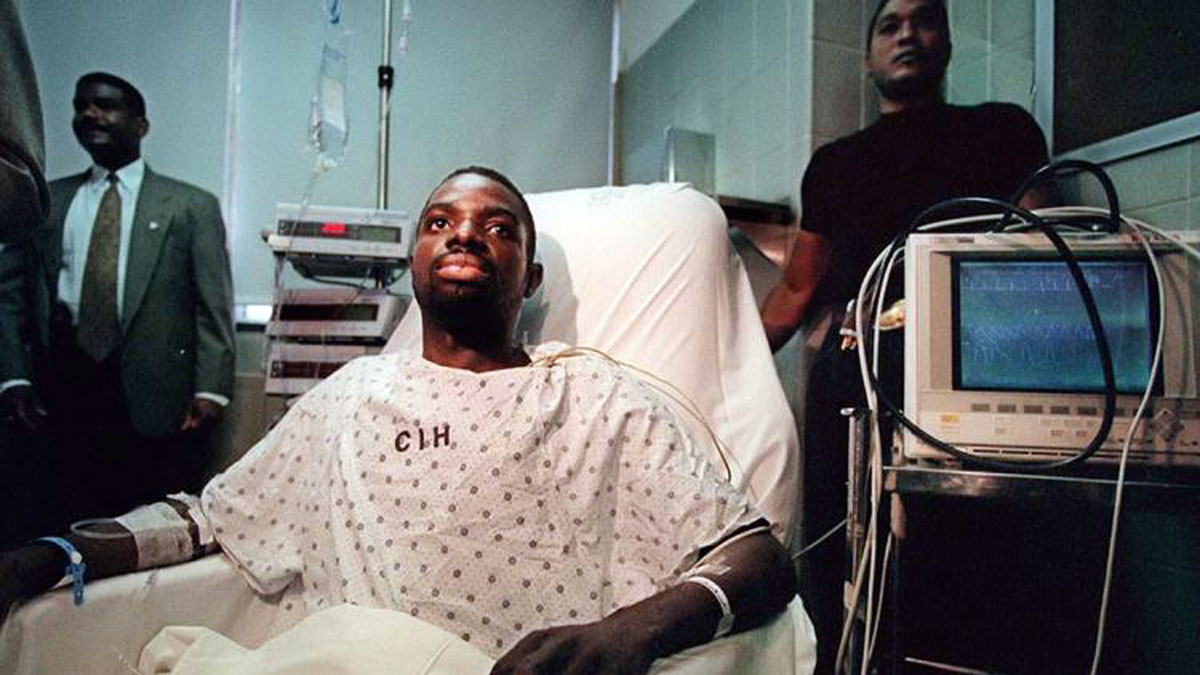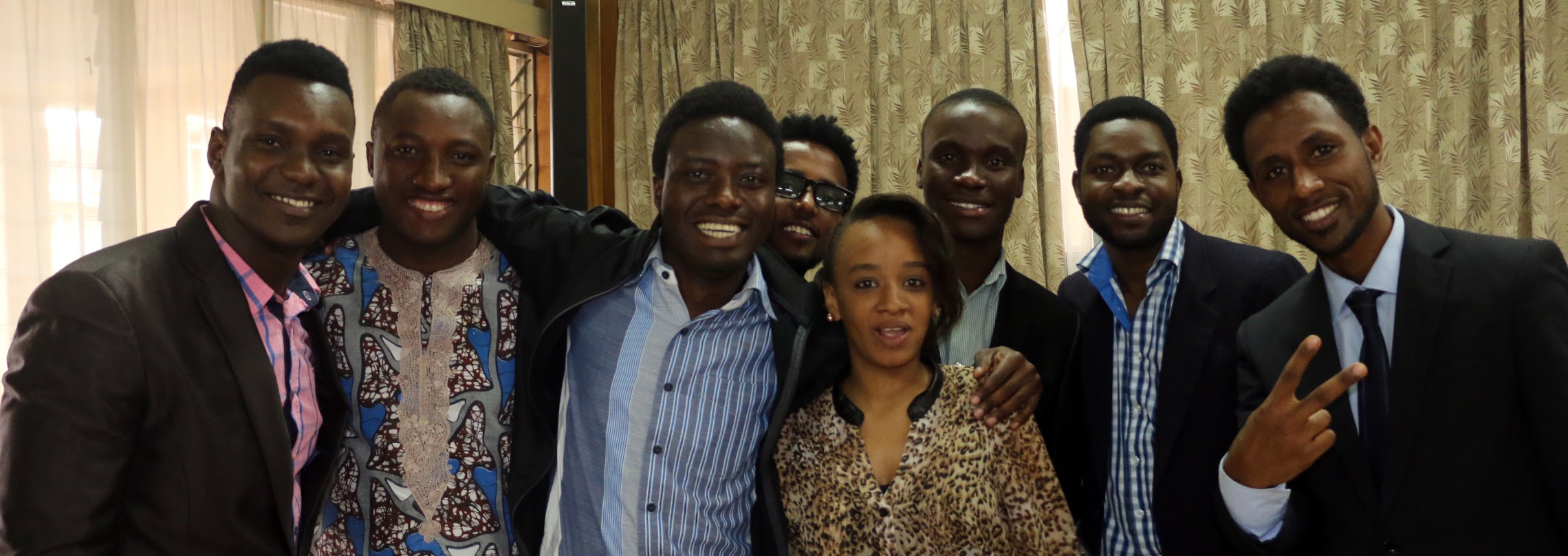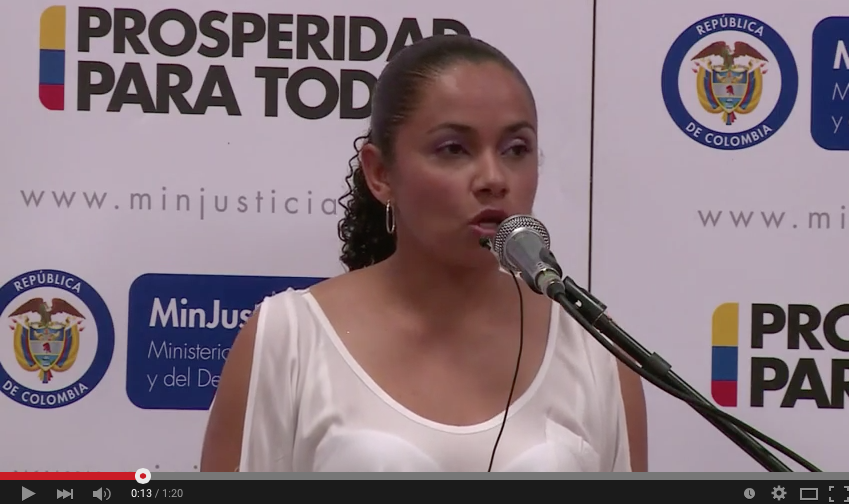In Ferguson, MO, the town where my mother taught when I was a kid, families and neighbors gathered on August 9th to commemorate the third anniversary of the death of Michael Brown, Jr., who was shot and killed by police officer Darren Wilson. In an especially poignant moment, those gathered stood for 4 1/2 minutes of silence, echoing the 4 1/2 hours when Mike Brown's body was left on the street in the summer sun.
The date of August 9th echoed with an eerie and painful coincidence in my current home of New York, as it marks the 20th anniversary of the brutal beating and sodomizing of Abner Louima at the hands of N.Y.P.D. officers while he was in custody at a Brooklyn precinct station house. You can learn more about the case by listening to this recording of my interview with WNYC about the incident and its relevance today.
The coincidence of the anniversaries conjured memories of so many other tragic commemorations. 2017 marked the 26th anniversary of the videotaped beating of Rodney King by L.A.P.D. officers on a California freeway, and 25 years after the riots which ensued there following the acquittal of the four officers charged with his assault.
Police brutality was a hot topic in the conversations after the presentation by Dr. Gaye Johnson at the recent event in Chicago on thebook she co-edited, "Futures of Black Radicalism." At the reception, it was noted that Chicago recently marked the third anniversary of the fateful night in October when LaQuan McDonald was shot 16 times by Chicago Police Department officer Jason Van Dyke.
America has a systemic problem with not shooting its young, black men to death.

While there had been cautious, but notable progress on community policing matters especially since the emergence of the Movement for Black Lives following the killings of Trayvon Martin and Jordan Edwards by Florida civilians, the gradual retrenchment of outmoded strategies is causing great concern from the Goldin Institute hometown of Chicago to cities across the country: New York, Milwaukee, St. Louis, Baltimore, Oakland, Boston Charlotte, Cleveland, and on and on. To be sure, when it comes to policing, the challenges are as tough as they are widespread.
The American Psychological Association released a report in early 2014 — prior to the deaths of Michael Brown, Jr, LaQuan McDonald and 12-year-old Tamir Rice in Cleveland — noting that police officers are more likely to deem the use of force necessary against black youth, more than whites or those from other ethnicities and races. At a younger age than their counterparts, black boys are deemed more accountable for their actions, while whites are given the benefit of the doubt because of their presumed “innocence.”
National statistics bear out the cold ramifications of the study’s conclusions. Last year, of 993 people killed by police, 24% were black, double their representation in American society-at-large. Further, black men are six times as likely to be incarcerated as white men; Hispanic men, meanwhile, are more than twice as likely to be incarcerated as non-Hispanic white men. In total, prisoners of color comprise 67% of the 2.2 million people in America’s prisons and jails.
Since the presidential inauguration in January of this year, a May 2015 executive order signed by President Barack Obama banning local police departments from receiving excess military hardware has been reversed. The original order came about in response to the social unrest in Ferguson seen as having been exacerbated through the use of armored personnel vehicles, military body armor and automatic rifles by local and state police in Missouri.
Additionally, the U.S. Department of Justice made an announcement last September that its COPS (Community Oriented Policing Services) would cease investigating problematic law enforcement agencies and police departments and then issuing reports on alleged misconduct or systemic abuses. “The previous administration was more concerned about the image of law enforcement being too militarized than they were about safety,” opined U.S. Attorney General Jeff Sessions.
Two critical studies done with police departments in Washington, D.C. and New York City, argue against reverting back to the aggressive tactics used to stop crime and violence from the 80’s and 90’s. Last month, the District of Columbia’s police force released findings of an 18-month survey which found that use of excessive force happened at the same rate among officers who were body cameras as those who did not. Additionally, the academic journal “Nature Human Behavior” published findings showing that when N.Y.P.D. officers were curtailed from using “stop and frisk” (by court order) and drew down on making arrests of low level, non-violent, nuisance offenses that major crimes fell throughout the city, a direct refutation of the “broken windows” theory of crime prevention popularized in the 80’s.
These national-level studies only confirm what we already know to be true on the ground: we have a problem with violence and our institutions are part of that problem. I’ve heard countless stories of tensions between police and the communities they serve through a community focused oral history project I have been leading since 2016 in Ferguson. We hope that together these stories can illuminate a way forward, nurture healing conversations and highlight efforts of restorative justice and reconciliation, a model we hope will be useful to other cities in our network.
We also have been hearing similar concerns as we explore these topics with partners in Chicago and around the world. As my colleague Travis Rejman said at a recent meeting with our local partners at Brothers Standing Together, “Our criminal justice system is criminally unjust.” And this isn't limited to our national network. From inhumane prisons in Haiti to religious profiling in the Philippines and East Africa, and the extra stigma faced by demobilized female soldiers in Colombia, criminal justice reform is a shared global concern in our network.
Mirroring the depth and scope of the problem around the world, I also see a deep wealth of knowledge on grassroots collective leadership and strategic wisdom in the global network of the Goldin Institute. I look forward to convening these leaders for shared reflection and action through the Gather Platform that will launch in March 2018. With your support, Gather can become a critical tool in supporting advocates and policymakers to authentically and meaningfully make our communities safer, mitigate police brutality, reduce civilian gun violence and make our criminal justice systems just and equitable.




